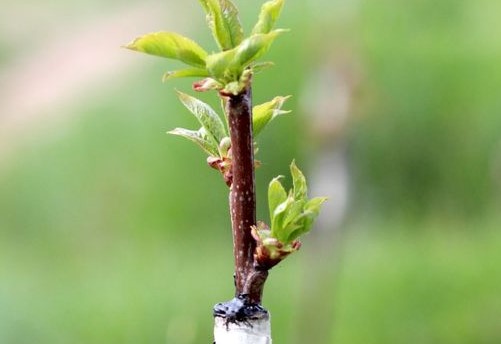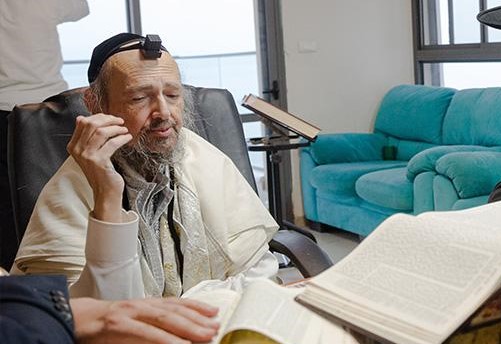Adapted from the writings of Dayan Yitzhak Grossman July 4, 2024

Q&A from the Bais HaVaad Halacha Hotline
Graft Rejection
June 27, 2024
Q May I graft a fruit tree outside of Eretz Yisrael? May I purchase a grafted tree?

A Grafting a branch onto a tree of a different species is a type of forbidden kil’ayim mixture. Other forms of kil’ayim, like kil’ei zra’im (grains) and kil’ei hakerem (grapevines), as mitzvos hatluyos ba’aretz, are only forbidden mide’Oreisa in Eretz Yisrael. But the mitzvah of kil’ei ilanos (trees) is an exception, applying in chutz la’aretz even mide’Oreisa (Y.D. 295:1).
Kil’ei ilanos applies to all trees—fruit bearing or not—but there’s a difference: Fruit trees are distinguished by species, and one species may not be grafted onto another, whether fruit bearing or not. But all fruitless trees may be grafted onto one another, as if they were a single species (ibid. 6). Still, it is the correct practice to refrain from grafting even trees without fruit (Pis’chei Teshuvah ibid. citing Chasam Sofer).
Halachic species taxonomy sometimes differs from that of botanists, based on factors including the appearance of the fruit and leaves and the taste of the fruit. Because of the subtleties of the matter, a layman may not use his own senses to determine species but must consult a talmid chacham proficient in the subject (see Chazon Ish, Kitzur Hilchos Kil’ayim, Harkavas Ha’ilan).
A grafted tree is forbidden to keep and must be uprooted (Y.D. ibid. 7). If the grafting was done by a non-Jew, a Jew may not purchase the tree (Chazon Ish Kil’ayim 2:9), but the fruit it bore may be eaten (Y.D. ibid.). Likewise, a branch that grew from the grafted tree may be removed and replanted elsewhere (ibid.).





